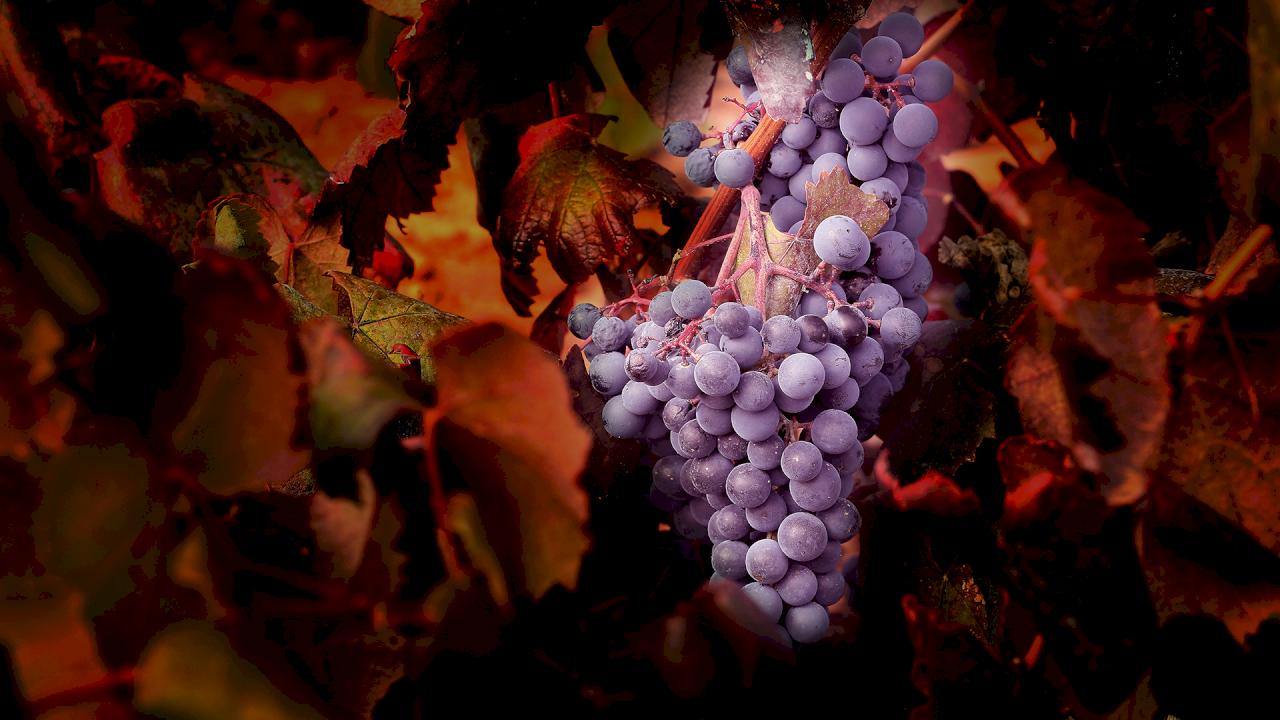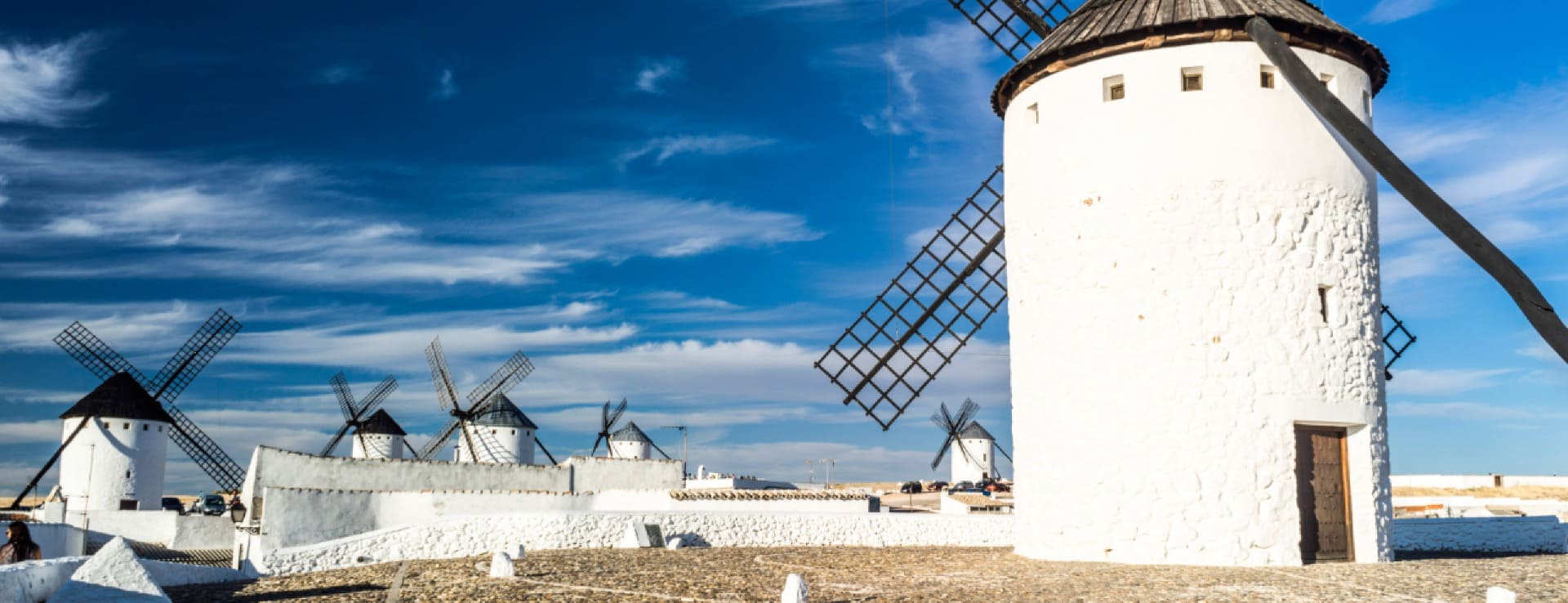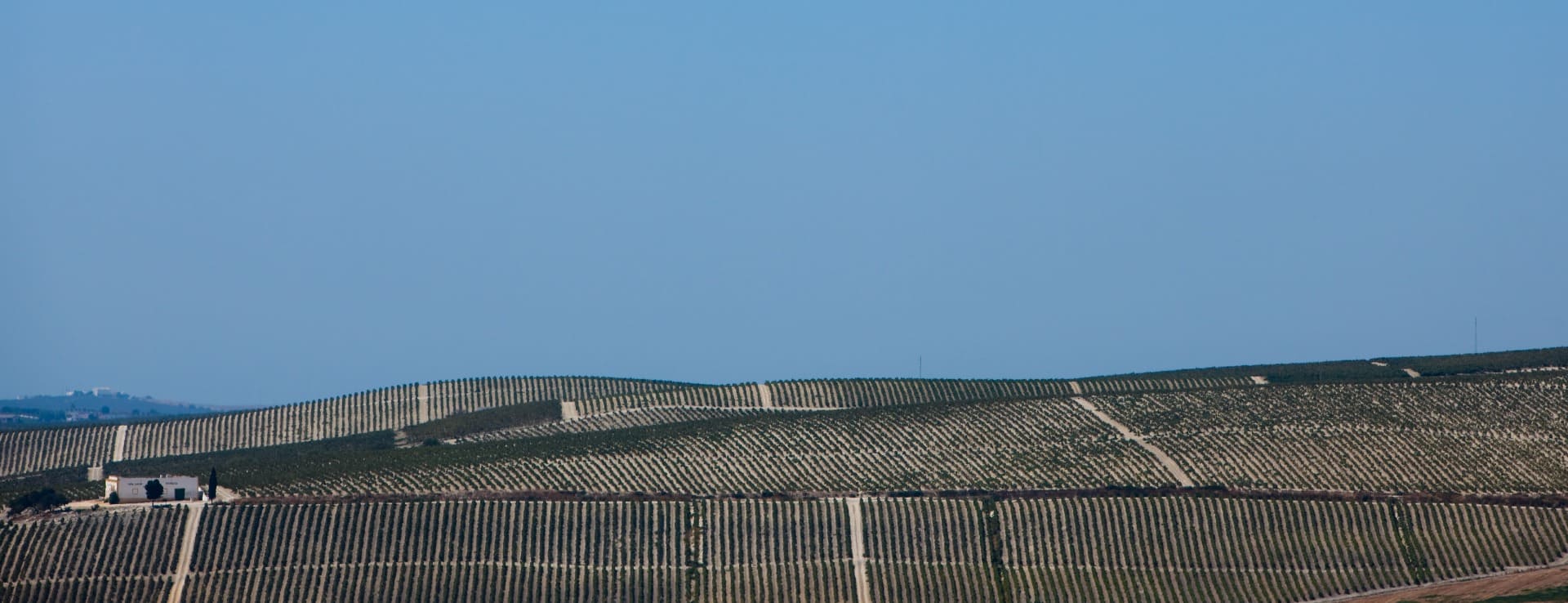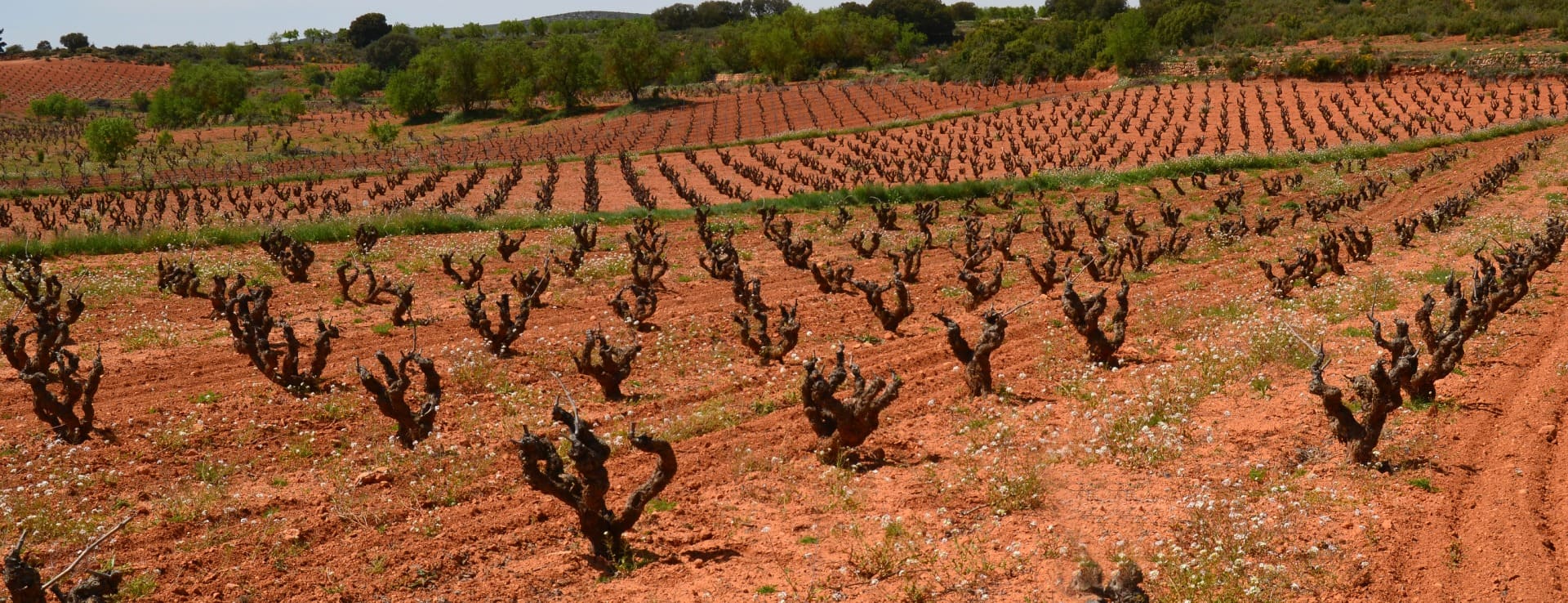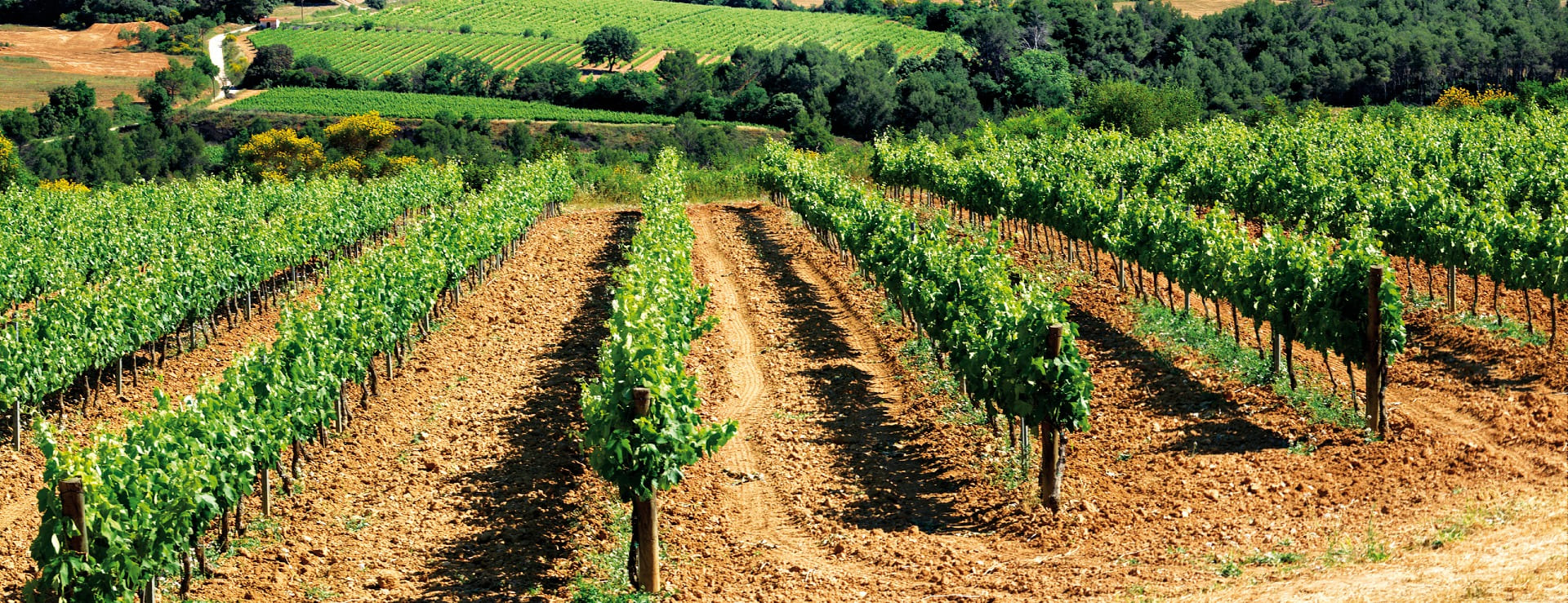Find your winery or vineyard
3 Wineries and Vineyards for sale in DO Leon
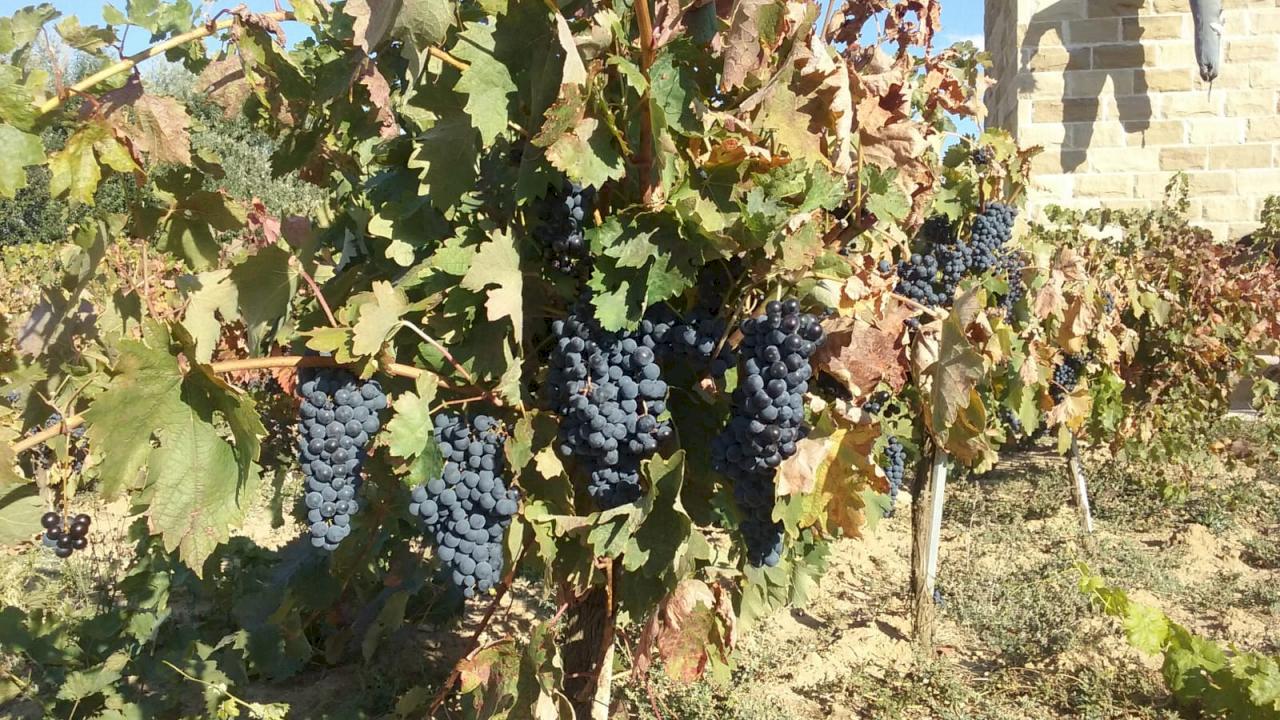
Winery on the Camino de Santiago specialized in events and weddings.
Castilla León
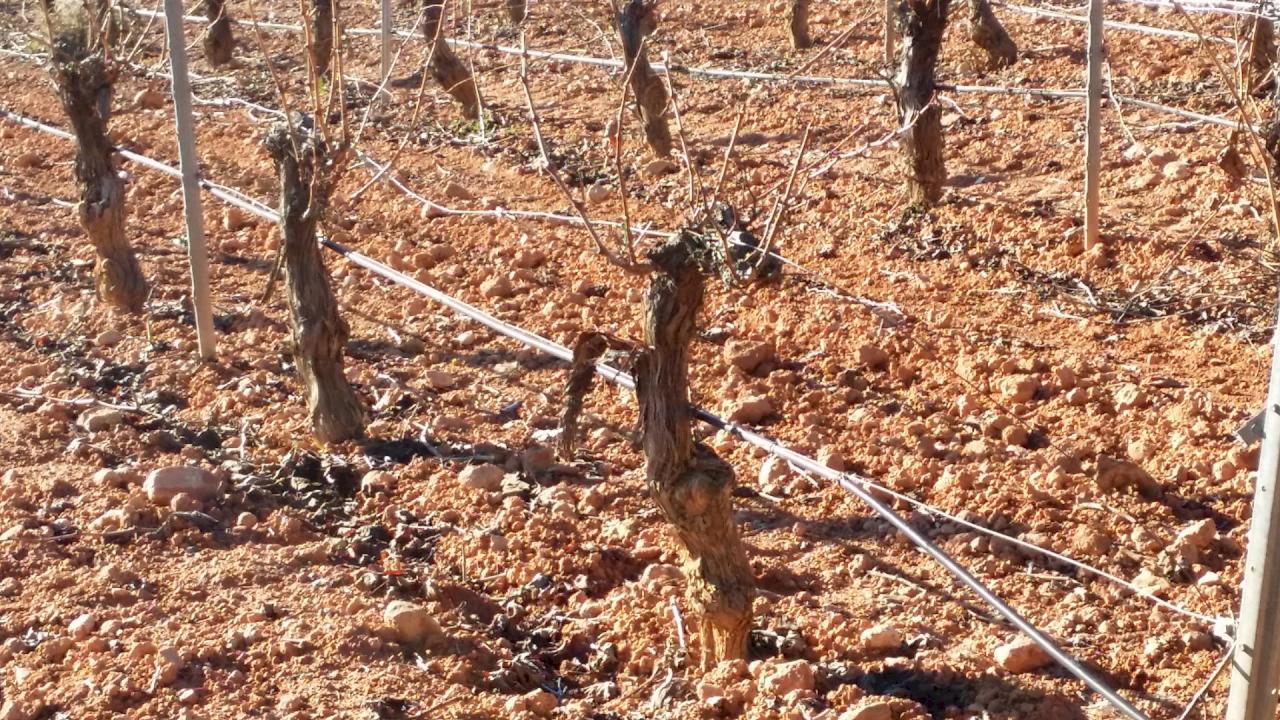
Wineries with 18 hectares of vineyards
Winery south of León outside DO.
Infographic of the Denomination of Origin

Change to imperial units (ft2, ac, °F)Change to international units (m2, h, °C)
D.O. year of foundation:
2007
Number of wineries (2017):
37
Total surface area:
1.358 ha3.356 ac
Maximum production allowed:
8.000 kg/ha7.137 lb/ac
Altitude of the vineyards:
Min: 500m
Max: 900m
Min: 1.641ft
Max: 2.953ft
Temperature:
Min: -15º
Max: 30º
Min: 5°F
Max: 86°F
Yearly hours of sun:
2.700
Yearly rainfall:
500 l/m246 l/ft2
DO Leon
Location and History
The production area is located south of the province of León, integrating part of the province of Valladolid and bordering the provinces of Zamora and Palencia. The surface of the production area amounts to 3,317 km2.
Historically, if we go back to Roman times, the southern area of León served as a transit point for travelers who frequented the 2 major routes that cross the production area of Tierra de León: La Ruta de la Plata and El Camino de Santiago. Thus, this area later became the wine supplier for practically the entire northern area of the Iberian Peninsula. In the tenth century, one of the greatest economic sources were the vineyards and, as in the rest of the Peninsula, the monasteries were what made possible the resurgence of viticulture in the area. In the Middle Ages, the vine acquired the category of traditional cultivation throughout the region. Later, from the 16th to the 19th centuries, the vineyards continued to progress until the appearance of phylloxera in 1887, which cut this upward progression in the bud until around the 1920s. It was not until 1985 when a group of cooperatives and wineries belonging to the area between Valdevimbre , Los Oteros and Cea, began the first steps to achieve the Denomination of Origin for their wines. Finally, in 2007, the Designation of Origin was recognized.
It is common in the Leonese landscape to see the multitude of cave cellars, subjected to popular architecture, consisting of spaces excavated in small hills or promontories of clay soil, taking advantage of the unevenness and forming galleries. Inside, the ideal micro-climate is created, the low subsoil temperatures that have allowed the production of the famous sparkling wine of this land with a wine-growing tradition. The particularity of this Land that differentiates it from other wine-growing areas in the world is, without a doubt, its native Prieto Picudo variety.
Soils
In general, the DO León has soils suitable for vineyard cultivation since they are all located below 900 m. of altitude, settled on alluvial terraces.
Both the brown ones on stony deposits, and the limestone ones on soft materials, have characteristics that mean that they can be considered the most suitable for the cultivation of quality vineyards, and proof of this is that the great designations of origin of Castilla y León mostly settle on this type of soil.
They are soils with excellent internal drainage conditions, with an acceptable water retention capacity, ease of aeration and root penetrability, low content of mineral salts, depth, adequate limestone content and poverty in organic matter.
Climate
As the geographical scope of the DO León mention is quite broad, and covers the area of influence of two banks; Esla and Cea, is situated under the broad context of the Mediterranean climatic domain in its cold variant.
Although the influence of the Atlantic and the North should soften its temperatures and make rainfall abundant, the high altitude of the plateau where it is located and the edge of the mountainous relief of the Cantabrian mountain range modify the climatic characteristics, giving rise to a strong continentality. The most notable climatic features are:
Temperatures
A rigorous and prolonged winter period during which persistent fog and frost occur, although at no time do the absolute minimum temperatures in the coldest months exceed -15º C (winter limit temperature for vine cultivation).
An irregular spring period, alternating mild temperatures with the dreaded spring frosts, in no way being a limiting factor for vine cultivation.
An irregular summer period, alternating hot and arid periods with cold ones that give the calculation a mild character, with the average temperature of the warmest months always being above 20º C (necessary for the flowering and veraison period of the vine).
A mild and generally rainy autumn that favors a good final ripening.
Extreme temperatures between day and night. Conditioning and favorable factor for the accumulation of grape polyphenols and the enhancement of aromas.
Precipitation
Average annual rainfall around 500 mm, distributed during the summer and autumn periods. This means that vine cultivation in the area does not require irrigation except in some isolated years.
Insolation
High luminosity in the area, with an average of 2,700 hours of sunshine per year, which favors uniform ripening of the berry.
Discover more wineries and vineyards for sale in these wine regions in Spain
Subscribe to our mailing list to receive news about wineries and vineyards.



